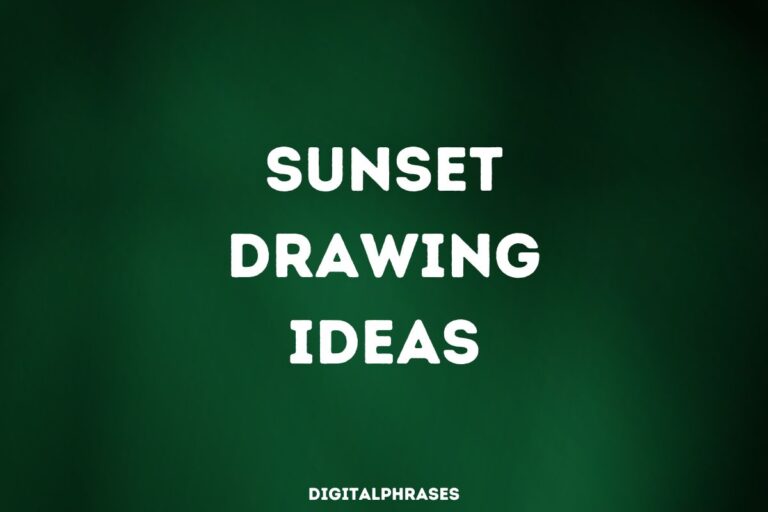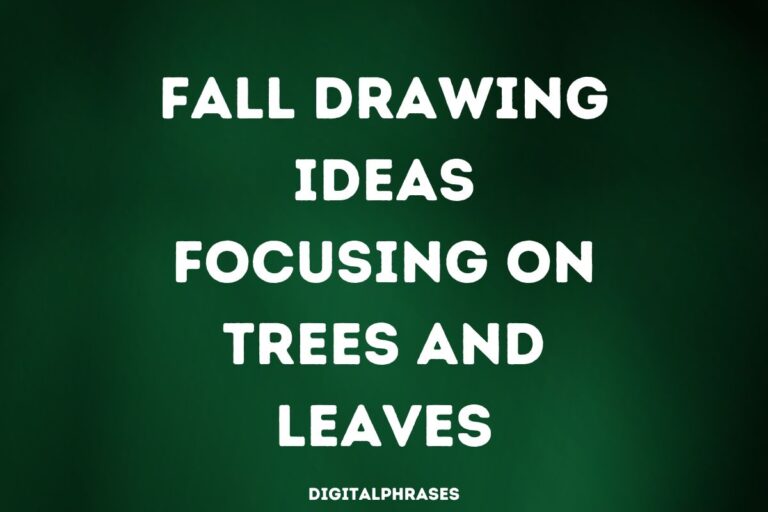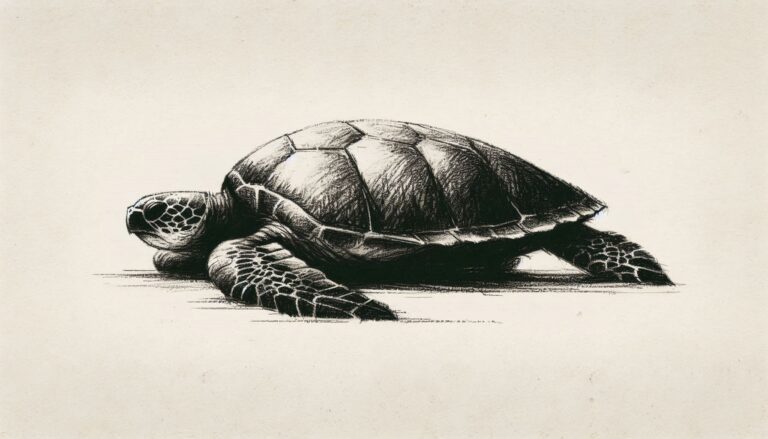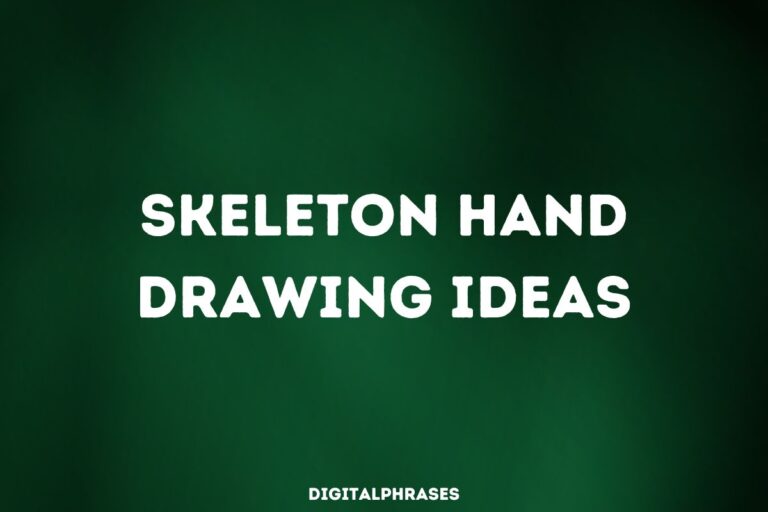180 Creative Nature-Inspired Drawing Ideas
Translating the beauty of the natural world onto paper requires more than just technical skill; it demands a deep understanding of what to focus on and how to bring out the essence of what you see.
In this blog post, we will explore some creative nature-inspired drawing ideas to help you end your creative block.
Let’s go.
Forest at Dusk
1

2

3

4

5

6

7

8

9

10

Underwater Wonders
1

2

3
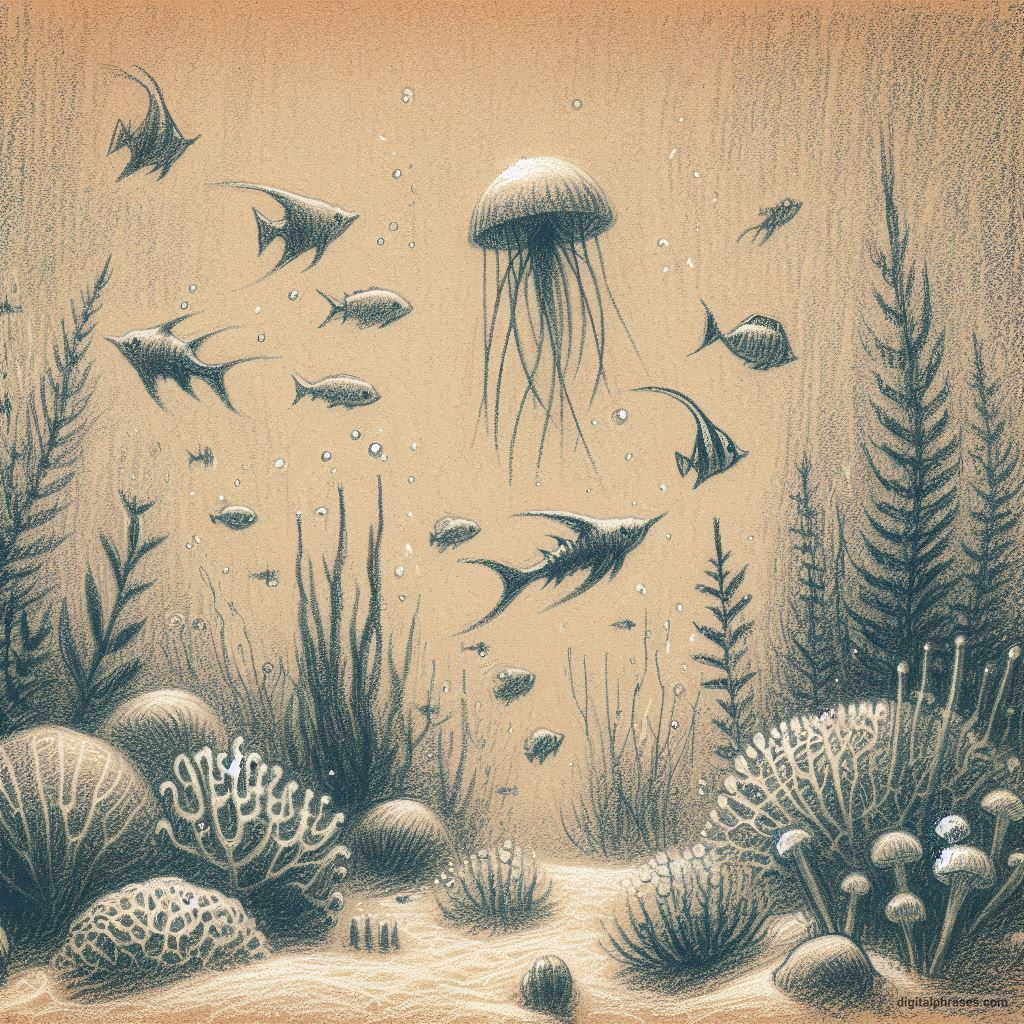
4

5

6
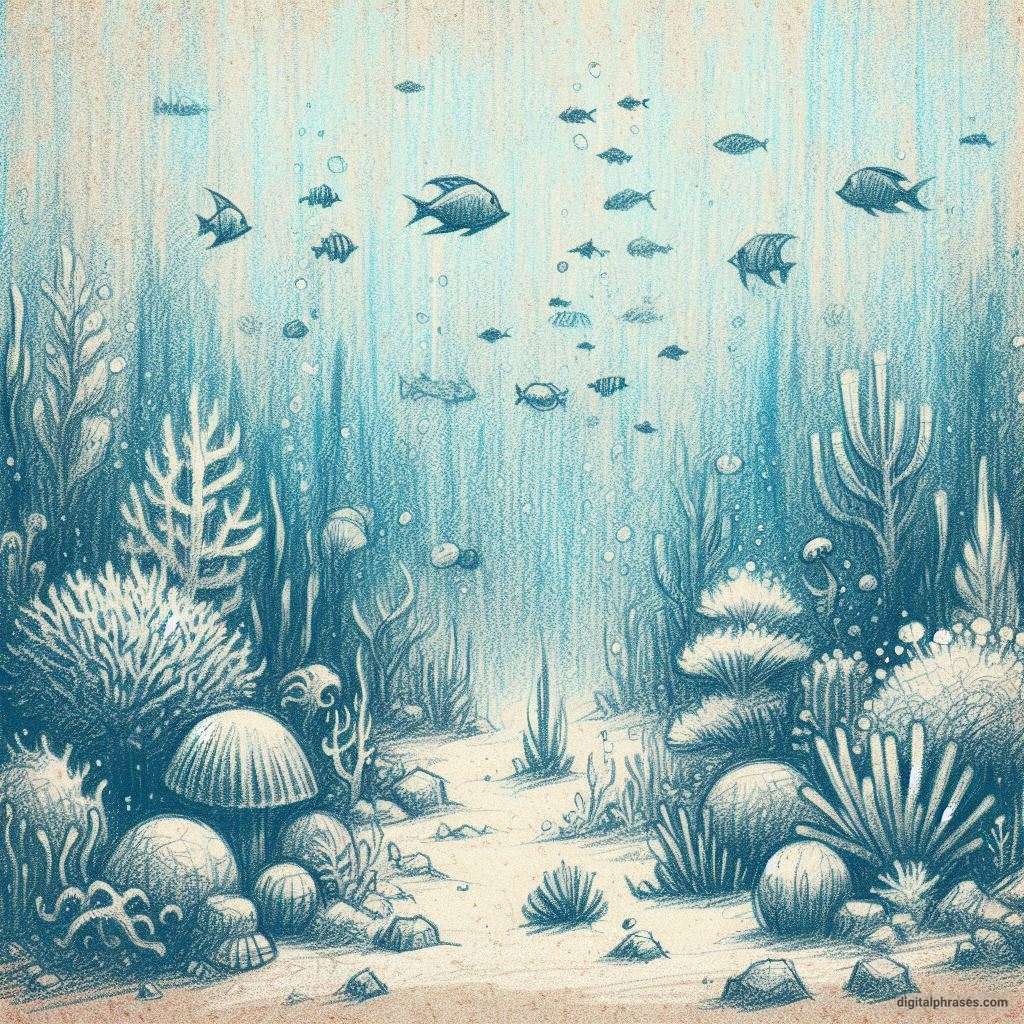
7

8

9

10

Celestial Aura
1

2

3

4
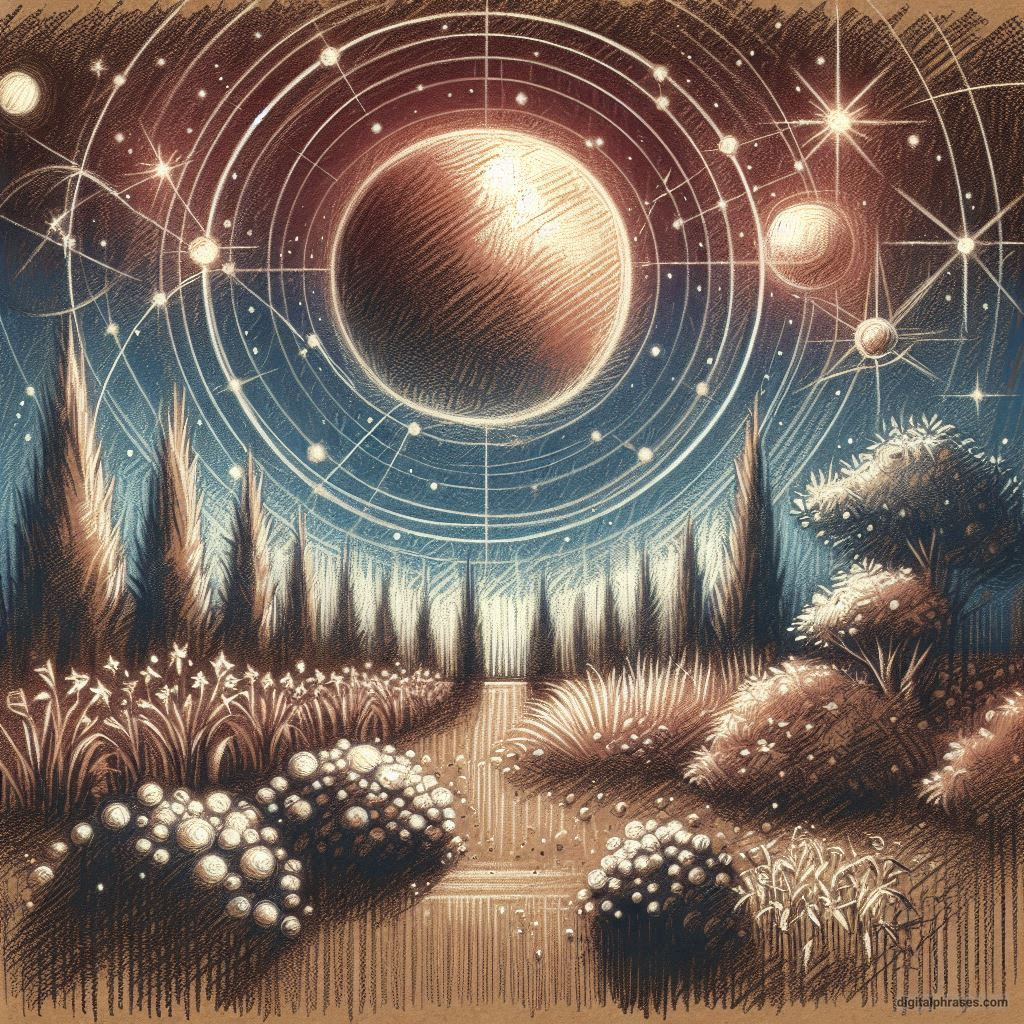
5

6

7

8

9

10

Mountains
1

2
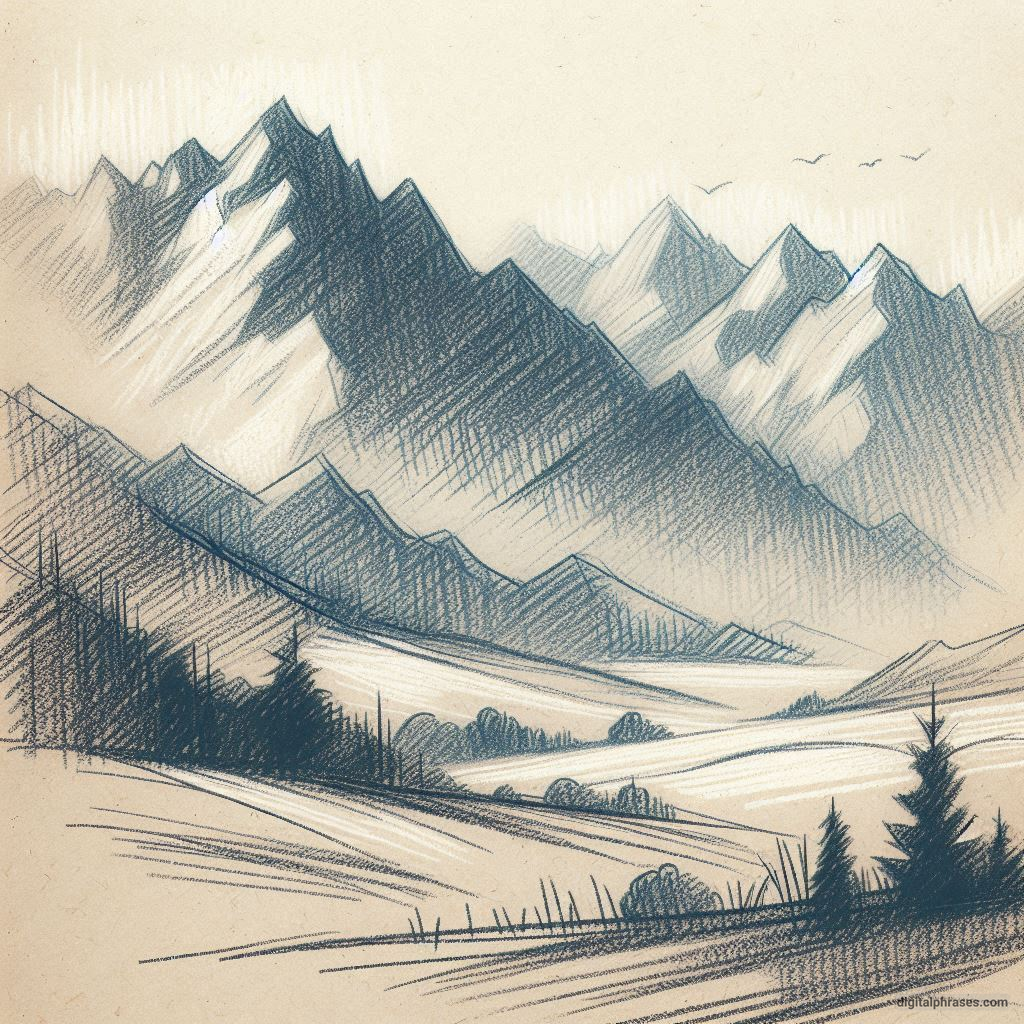
3

4

5

6

7

8

9

10

Butterflies
1

2

3

4

5

6

7

8

9

10

Enchanted Treehouse
1

2

3

4
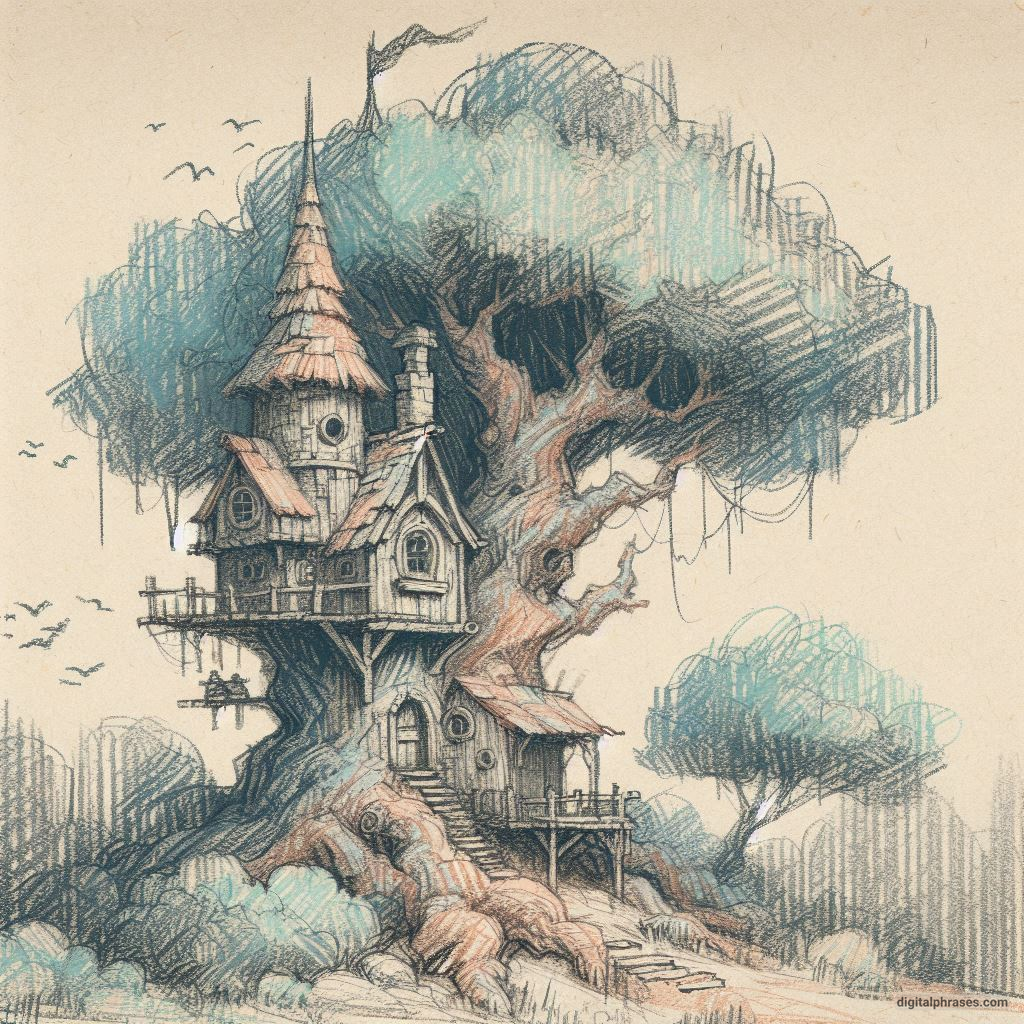
5

6

7

8

9

10
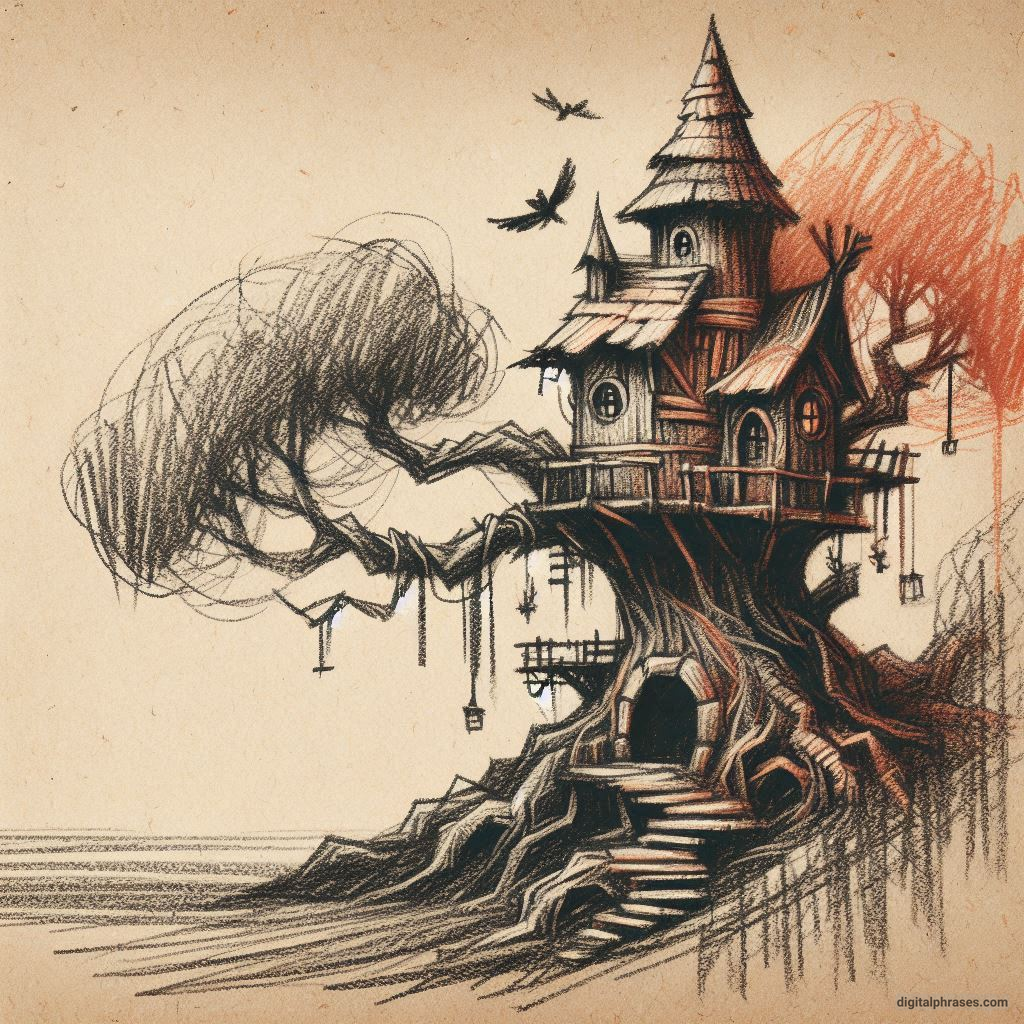
Floral Mandala
1

2

3

4

5
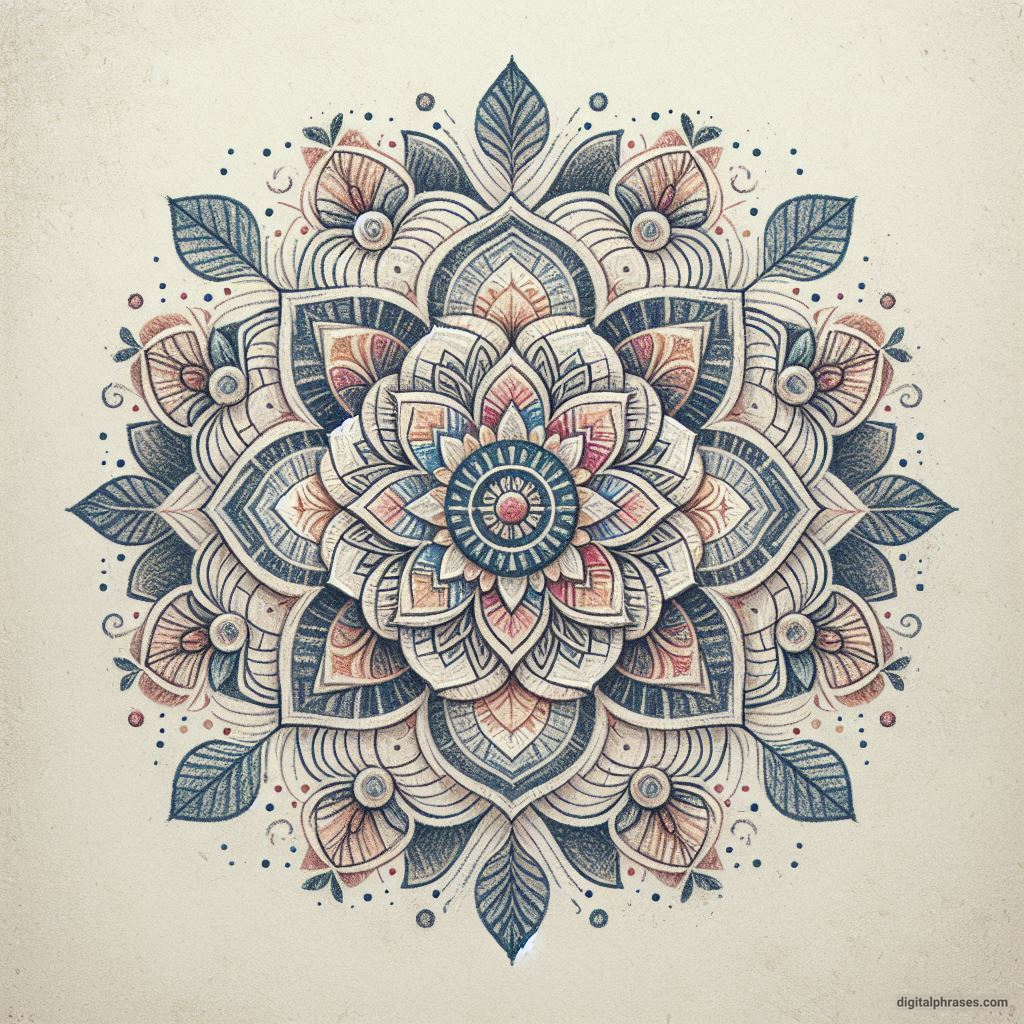
6
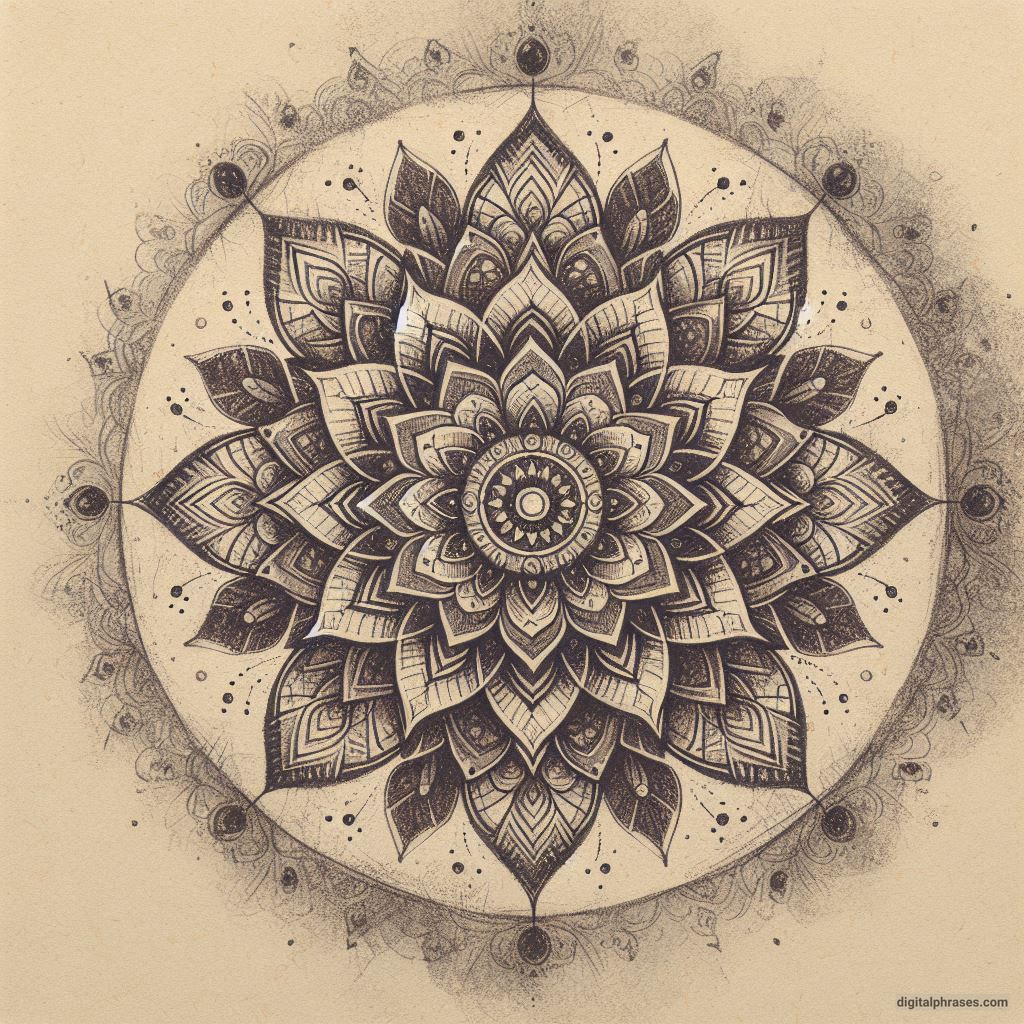
7

8

9

10

Rainforest Canopy
1
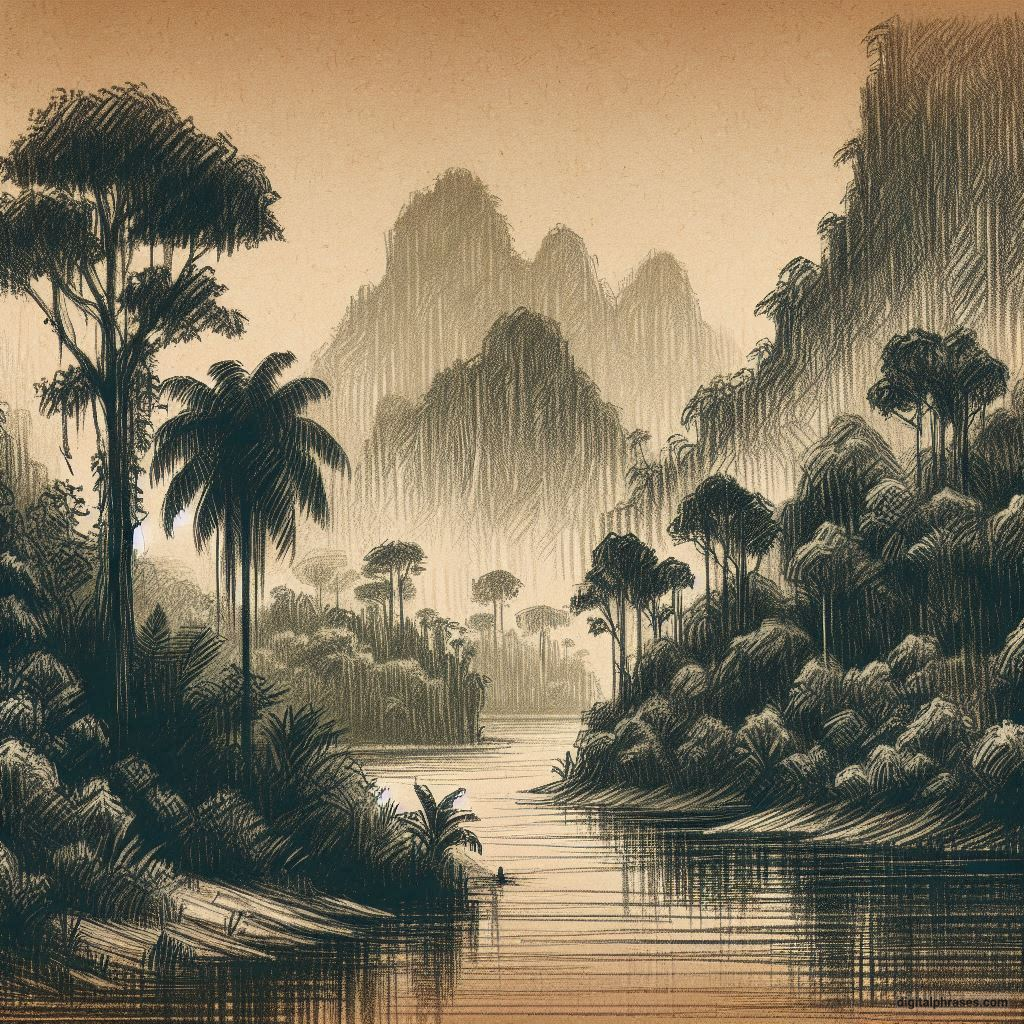
2

3

4

5

6

7

8

9

10

Seasons in One Scene
1

2

3

4
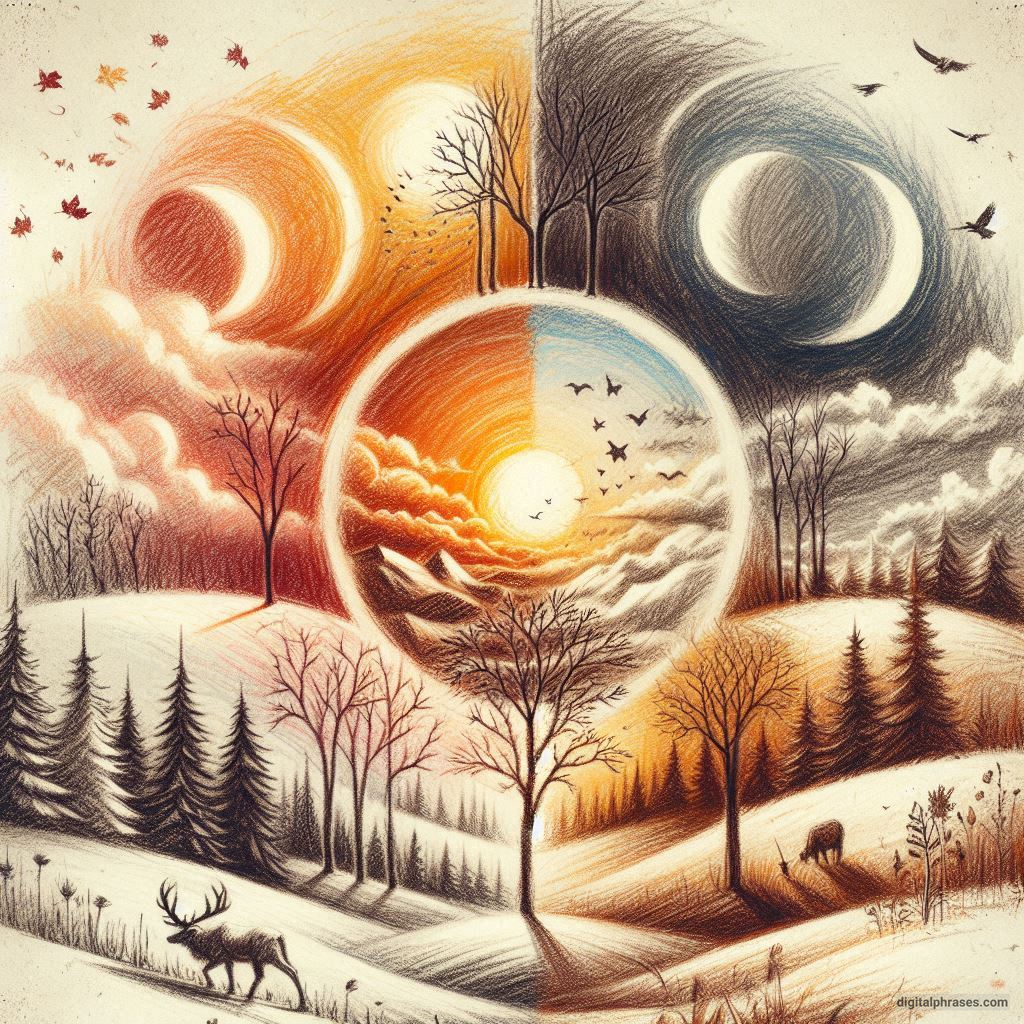
5

6

7

8

9

10

Crystal Cave
1

2

3

4

5

6

7

8

9

10

Desert Mirage
1

2

3

4

5

6

7

8

9

10

Frosted Forest
1

2

3

4

5

6

7

8

9

10

Aurora Borealis
1

2

3

4

5

6

7

8

9

10

Sunrise and Sunsets
1

2

3

4

5

6

7

8

9

10

Tree of Life
1

2

3

4

5

6

7

8

9

10

Insects
1
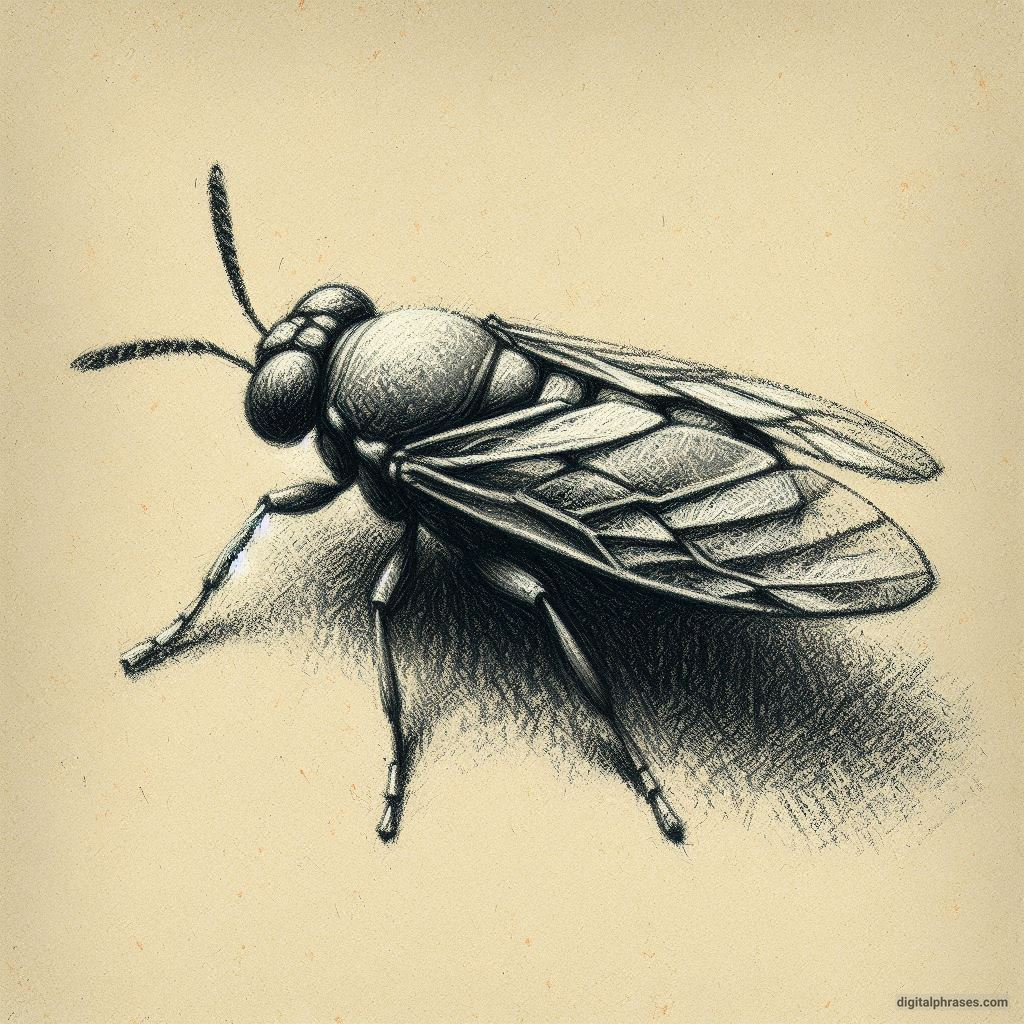
2

3

4
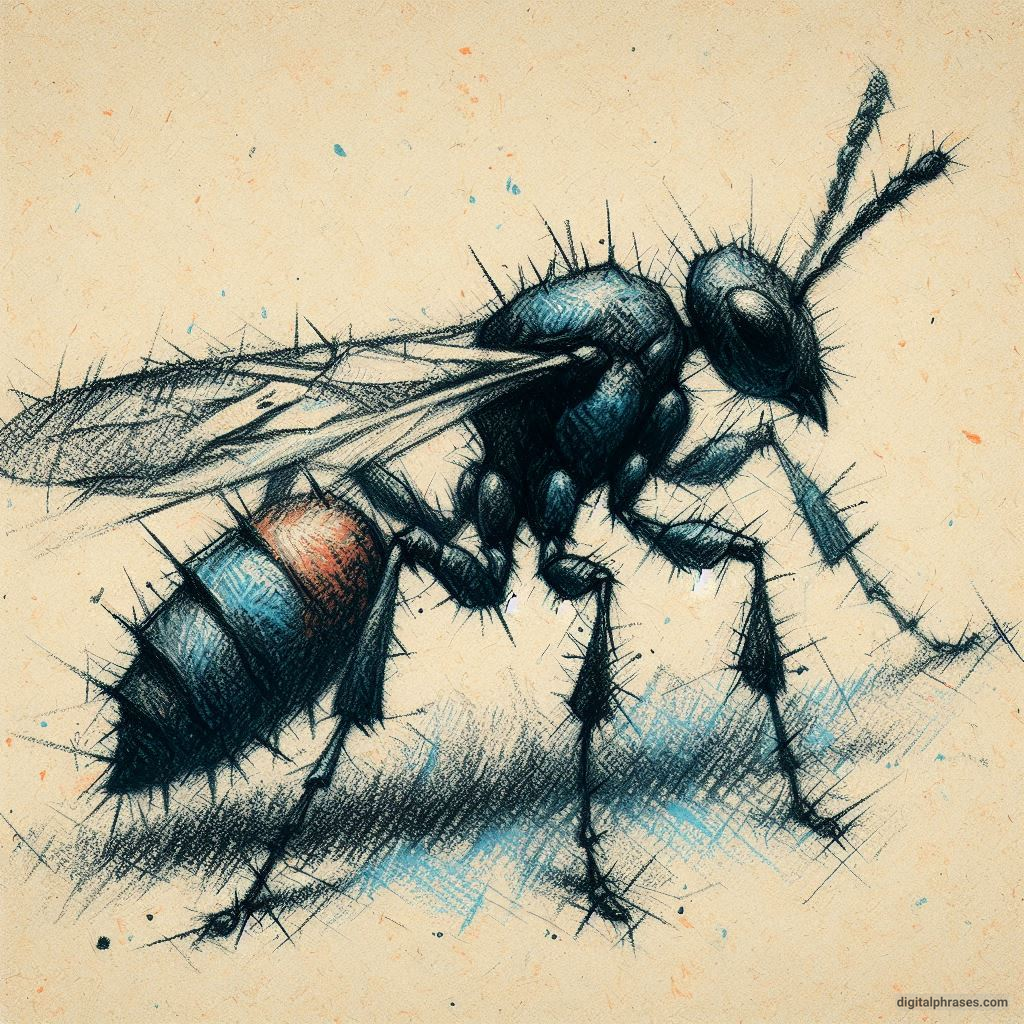
5

6

7

8
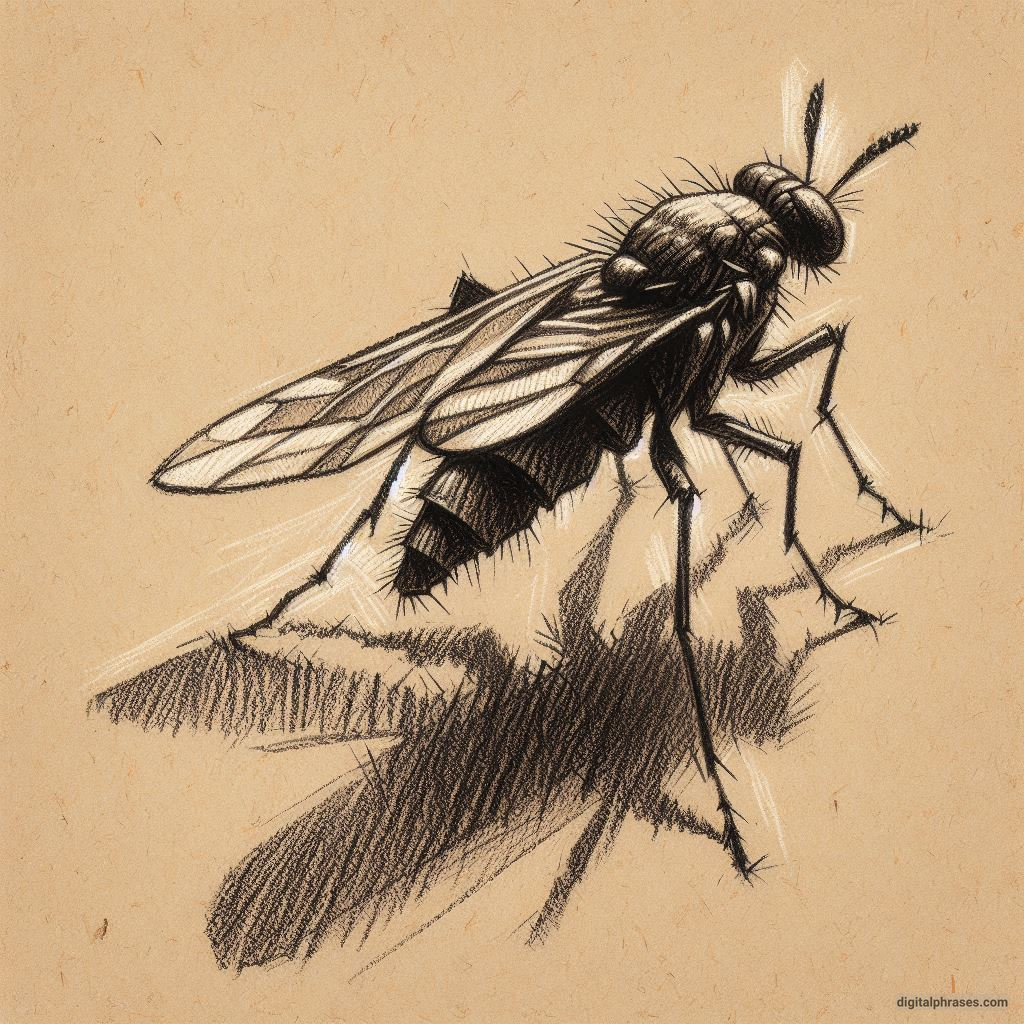
9

10

Wind and Leaves
1

2

3

4

5

6

7

8

9

10
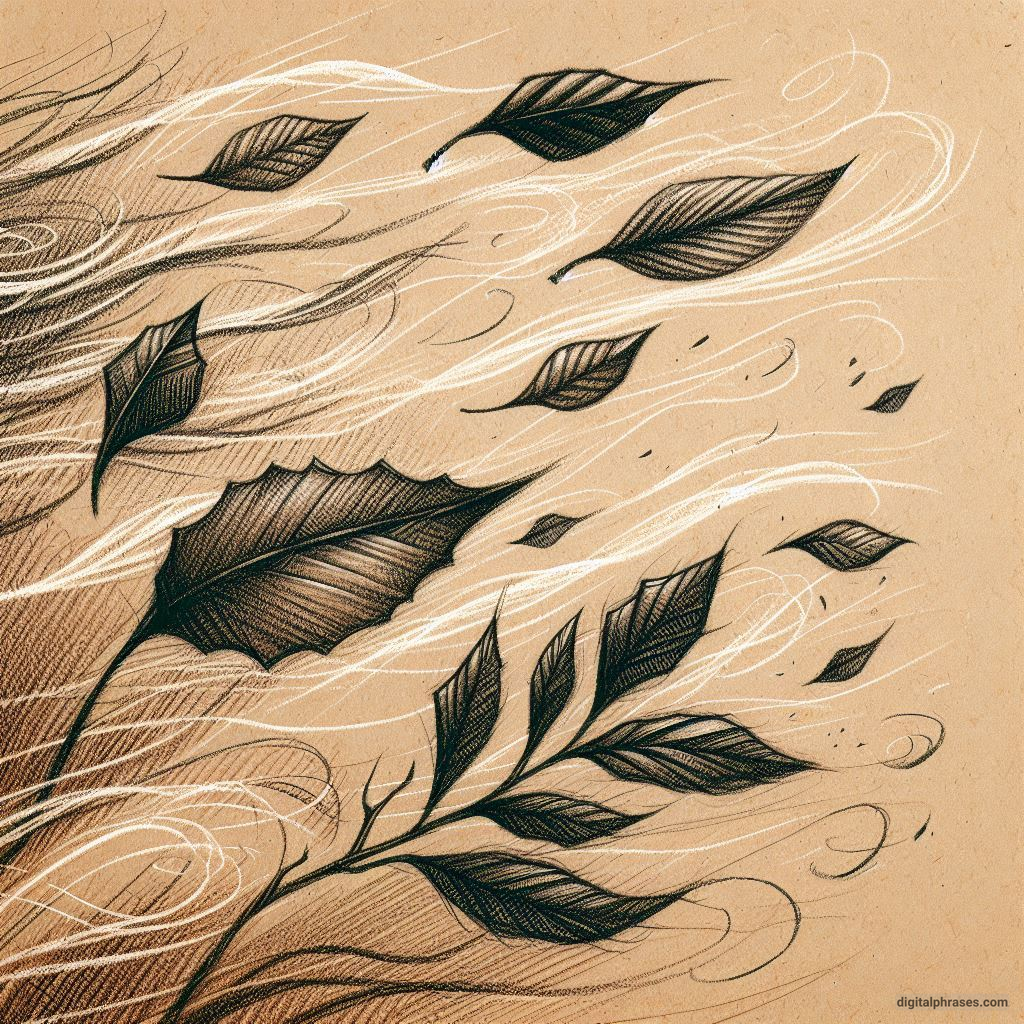
Island in the Clouds
1

2

3

4

5
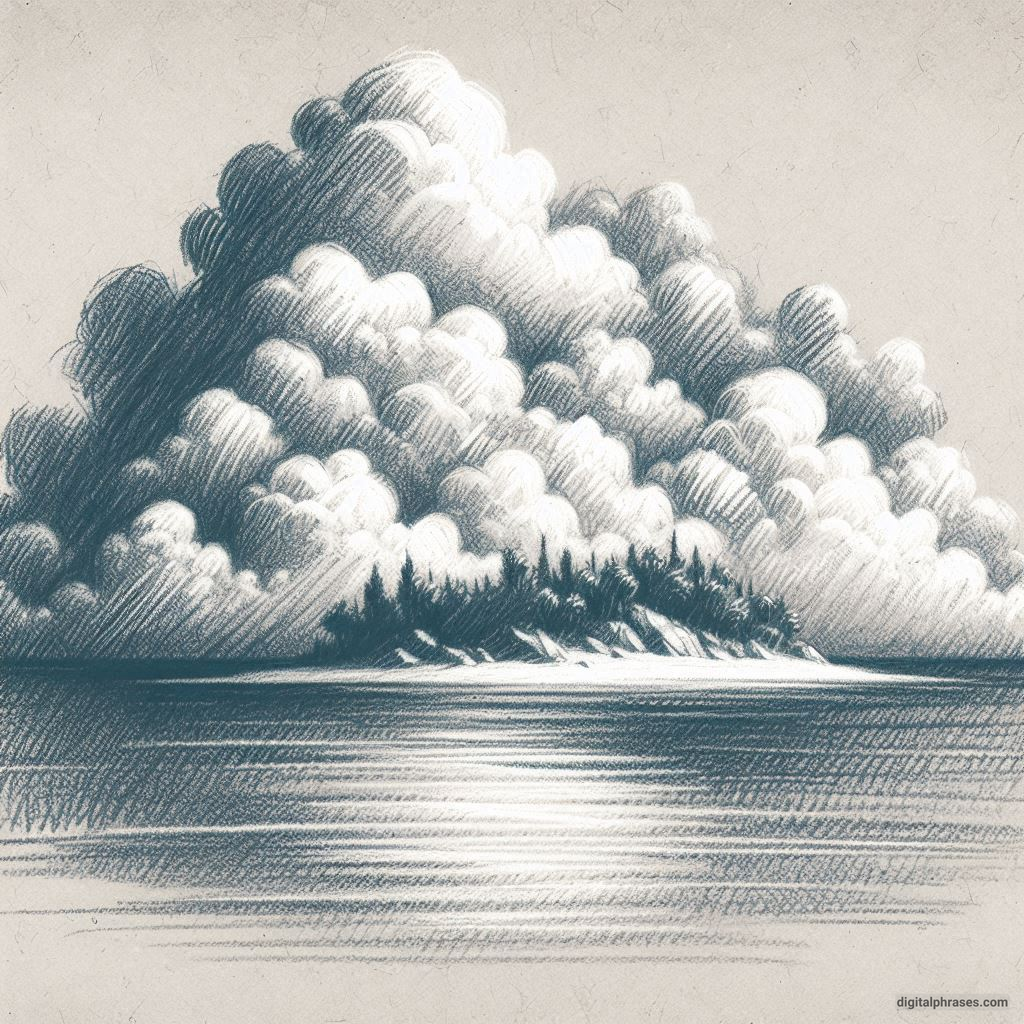
6

7

8

9

10

Key Focus Areas for Nature Drawings
1. Observation and Patience: The Foundation of Nature Drawing
One of the most important aspects of drawing nature is the ability to observe.
This isn’t just about looking at the subject but truly seeing it. Observation involves noticing the subtle variations in color, texture, and form that make up the natural world.
When drawing a tree, for instance, don’t just draw a generic shape—study the way the branches twist, the unique patterns of the bark, and the way the leaves cluster or scatter.
Patience is equally crucial. Nature doesn’t rush, and neither should you. Take your time to absorb the scene before you. Spend time outdoors, study different environments, and observe the minute details that might be easy to overlook.
The more you train your eye to see the intricate details, the more accurately you can depict them in your drawings.
2. Understanding Light and Shadow
Light is a fundamental element in nature drawing. The way light interacts with objects in nature—how it reflects, refracts, and casts shadows—can dramatically alter the mood and realism of your drawing.
Understanding light sources and their effects on your subject is crucial for creating depth and dimension.
When drawing nature, observe the following:
- Direction of Light: Identify where the light source is coming from. This will help you understand where to place highlights and shadows. For example, if the light is coming from the left, the right side of objects will be in shadow.
- Intensity of Light: The strength of the light source affects how harsh or soft the shadows appear. Soft light, like that on a cloudy day, produces gentle shadows, while bright sunlight creates sharp, defined edges.
- Color of Light: Different times of day cast different colors of light. The warm tones of a sunrise or sunset differ significantly from the cooler, harsher light of midday. These variations in light color can affect the overall tone and mood of your drawing.
3. Mastering Perspective and Depth
Perspective is key to making your nature drawings appear three-dimensional and realistic.
It’s how you convey the spatial relationship between objects, showing which are closer or farther away. Nature scenes often involve a variety of perspectives, from the broad expanse of a landscape to the close-up detail of a flower.
- Linear Perspective: This involves drawing objects smaller as they recede into the distance, with parallel lines converging at a vanishing point on the horizon. This technique is crucial for landscapes where roads, rivers, or rows of trees are present.
- Atmospheric Perspective: As objects get farther away, they often appear lighter and less detailed due to the atmosphere between them and the viewer. This effect can be mimicked by reducing contrast and softening edges as you draw objects that are further back in your composition.
- Overlapping: This simple yet effective technique involves placing one object in front of another to suggest depth. For example, drawing a tree partially in front of a mountain suggests that the tree is closer to the viewer.
4. The Importance of Composition
Composition refers to the arrangement of elements within your drawing. A well-composed nature drawing leads the viewer’s eye through the piece in a pleasing and intentional way.
To achieve this, consider the following principles:
- Rule of Thirds: Divide your canvas into a 3×3 grid. Placing key elements along these lines or at their intersections creates a more dynamic and balanced composition.
- Focal Points: Decide where you want the viewer’s eye to go first. This could be a bright flower, a towering tree, or a distant mountain peak. Use contrast, color, and detail to draw attention to this area.
- Balance: Balance doesn’t necessarily mean symmetry, but rather a distribution of visual weight that feels right. Too much detail or too many elements on one side of the composition can make the drawing feel lopsided.
5. Capturing Texture and Detail
Nature is full of textures—rough tree bark, soft moss, feathery clouds, and smooth stones. Capturing these textures convincingly is essential for adding realism to your nature drawings.
- Texture Rendering Techniques: Depending on your medium (pencil, charcoal, ink, etc.), you can use different techniques to represent texture. Cross-hatching, stippling, and blending are all methods that can be employed to mimic the look and feel of natural surfaces.
- Detail vs. Suggestion: While detail is important, it’s also vital to know when to suggest rather than fully render. Too much detail in every part of the drawing can overwhelm the viewer and detract from the overall composition. Focus on key areas where detail is most impactful, and suggest textures elsewhere with more general marks.
6. Color Theory and Application
Color is one of the most powerful tools in an artist’s arsenal, especially when drawing nature.
Understanding how to use color effectively can transform your drawings from simple representations to vibrant, lifelike works of art.
- Natural Palette: Nature is full of color, but it’s important to observe and replicate the subtle variations you see. Greens are rarely just green—they can have blue, yellow, or even red undertones. Learn to mix colors to achieve these natural hues rather than relying solely on premixed paints or pencils.
- Warm and Cool Colors: Use the temperature of colors to convey different effects. Warm colors (reds, oranges, yellows) tend to advance in a composition, making them great for focal points. Cool colors (blues, greens, purples) recede, which can be useful for backgrounds or shadows.
- Color Relationships: Understanding how colors interact is essential. Complementary colors (those opposite on the color wheel) can create vibrant contrasts, while analogous colors (next to each other on the wheel) offer harmony. Use these relationships to create mood and focus within your drawing.
7. Emphasizing the Mood and Atmosphere
Nature drawings are not just about capturing what you see; they’re also about conveying how the scene makes you feel. Mood and atmosphere play a significant role in this.
- Weather and Season: The time of day, weather conditions, and season can all affect the mood of your drawing. A bright, sunny day evokes a different feeling than a misty morning or a stormy sky. Think about how you can use elements like cloud cover, wind, or even fog to create the desired atmosphere.
- Expressive Lines and Marks: The way you apply your medium can also influence the mood. Soft, sweeping lines might convey tranquility, while sharp, jagged marks could suggest tension or movement. Experiment with different techniques to see how they affect the emotional tone of your work.
- Simplicity vs. Complexity: Sometimes less is more. A simple, minimalist drawing can evoke a strong mood just as effectively as a detailed, complex one. Consider what elements are essential to your scene and which can be left out or suggested more subtly.
8. Choosing the Right Medium
The medium you choose for drawing nature can significantly influence the outcome.
Each medium has its strengths and challenges, and understanding these will help you select the one that best suits your style and the effect you wish to achieve.
- Pencil: Great for detailed work and fine lines, pencils allow for a wide range of values and textures. They are ideal for sketching and detailed studies.
- Charcoal: Charcoal is excellent for creating bold, expressive lines and deep shadows. It’s a great choice for drawing dramatic landscapes or intense weather scenes.
- Ink: Ink can produce sharp, clean lines and is perfect for stylized or graphic nature drawings. Techniques like stippling or hatching can add texture and depth.
- Pastel: Pastels offer vibrant color and a soft finish, making them perfect for capturing the subtle color variations in a sunset or a field of flowers.
- Watercolor: Watercolor’s translucency makes it ideal for capturing light and atmosphere. It’s well-suited for painting delicate subjects like flowers or sweeping landscapes.
9. Practice and Experimentation
Like any other skill, drawing nature improves with practice. The more you draw, the better you will become at capturing the subtle nuances of the natural world.
However, practice doesn’t mean repetitive drawing without growth; it involves experimentation and learning.
- Sketch Regularly: Keep a nature sketchbook where you can practice drawing different elements—trees, rocks, clouds, etc. Sketching regularly helps train your eye and hand coordination.
- Experiment with Techniques: Don’t be afraid to try new techniques or materials. Whether it’s using a new medium, experimenting with a different style, or drawing under different lighting conditions, each experience will add to your skills and understanding.
- Study the Masters: Look at how other artists, both historical and contemporary, approach nature. Analyze their techniques and compositions. What can you learn from them? How can you incorporate those lessons into your work?
10. Connecting Emotionally with Your Subject
Finally, one of the most important things to focus on when drawing nature is your emotional connection to the subject.
Drawing is not just a mechanical process; it’s an expression of how you see and feel about the world around you.
- Find Personal Meaning: Look for elements in nature that resonate with you personally. This could be a place that holds special memories, a type of weather that influences your mood, or a particular time of day that inspires you.
- Express Your Unique Vision: Use your drawings to express your individual perspective. This might mean emphasizing certain elements over others or using colors and compositions that reflect your personal style.
- Share Your Work: Don’t be afraid to share your drawings with others. Whether it’s through social media, a local art group, or an exhibition, sharing your work allows others to connect with your vision of nature and can be incredibly rewarding.
Conclusion
Drawing nature is a rich and rewarding pursuit that offers endless opportunities for creativity and expression.
By focusing on observation, light, perspective, composition, texture, color, mood, and medium, you can create drawings that not only capture the beauty of the natural world but also convey your unique interpretation of it.
Practice and experimentation will continually improve your skills, but most importantly, maintaining a deep, emotional connection with your subject will infuse your work with the passion and authenticity that makes great art.
So, the next time you pick up your sketchbook and venture into the great outdoors, remember these key focus areas.
Let nature inspire you, and let your drawings inspire others.

